Alpine Economy
The alp system is a kind of profit optimisation: the extended grazing area makes it possible to keep more livestock. In addition, the plant variety produces better milk and therefore more aromatic cheese.
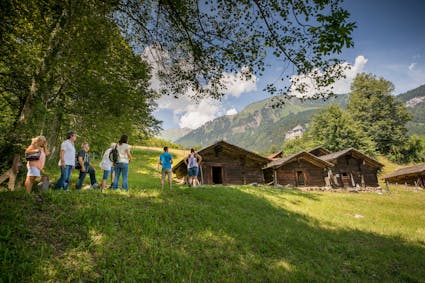
Relief Factor
Summer is the hardest time of year for farm families: haymaking! The higher up the farm is located, the shorter the vegetation period for haying. In alpine and pre-alpine zones haying is concentrated in June and July; if the weather is rainy, the farmer hopes for a sunny August.
All Hands!
Work begins at daybreak: mowing, tedding (turning the mown grass over to dry evenly), raking hay, carrying it to the barn, piling it evenly in the hayloft – intensive manual labour, by evening everyone is dog-tired. What luck that the cows are not home!
Alone or Together?
Calves, heifers, cows, goats, sheep – they all graze the alpine pastures. But who tends them up there? Two contrasting systems developed, each with many variations and different building types: either the farmers founded a cooperative and hired alp hands to tend the whole herd: herders and milkers. Or a member of each family climbed to the alp and tended only his own herd – often the mother with her small children. They enjoyed some very special months of play and games on the alp, although there might just have been some daily chores to do. They often bore fond memories of this “high school” into their old age.
Optimum Solution
A lot of farm people undertook long marches up to their alps. The reason for having summer pastures is obvious, since it saved time, work and feed down in the valley during the summer season. The alp system is a kind of profit optimisation: the extended grazing area makes it possible to keep more livestock. In addition, the plant variety produces better milk and therefore more aromatic cheese.
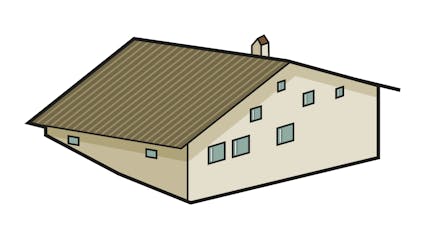
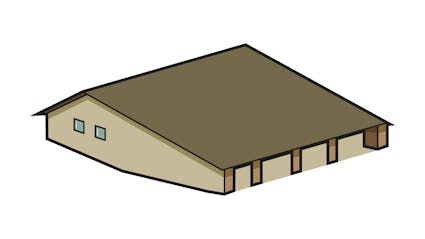
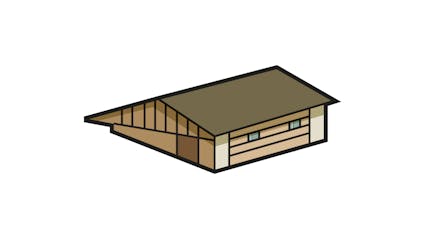
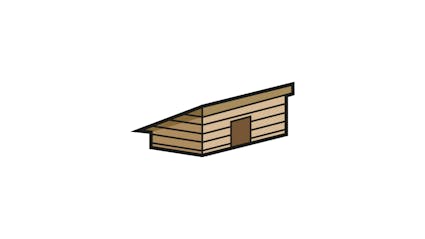
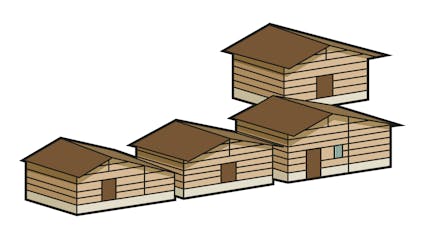
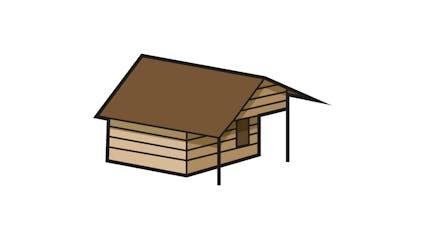
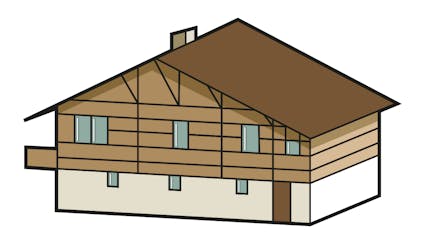

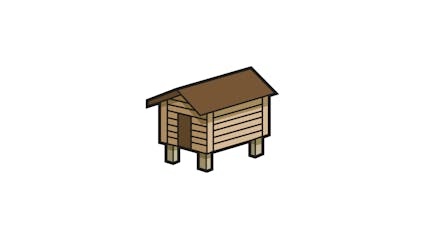
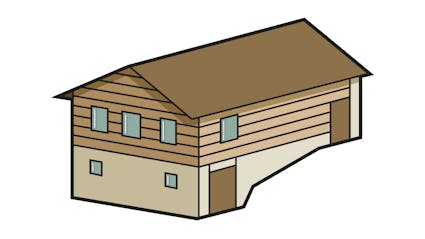
Ballenberg
Swiss Open-Air Museum
Museumsstrasse 100
CH-3858 Hofstetten bei Brienz
Company holidays
24 December 2025 to 11 January 2026
Opening hours Administration
3 November 2025 to 8 April 2026
From Monday to Friday
8.30 am to 11.30 am
1.30 pm to 4.30 pm
Opening hours
9 April to 1 November 2026
10 am to 5 pm daily